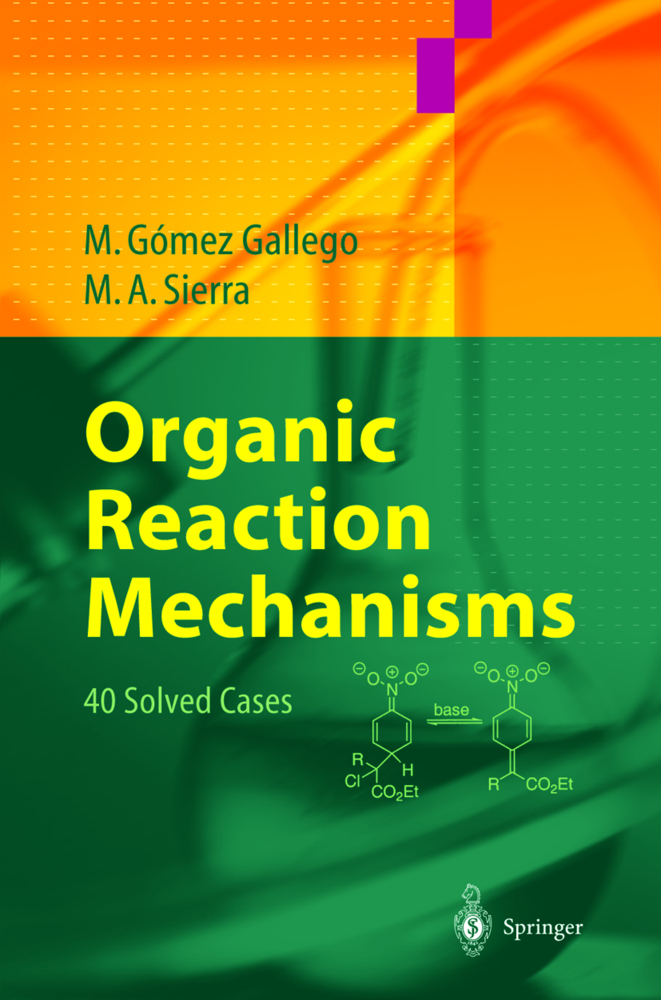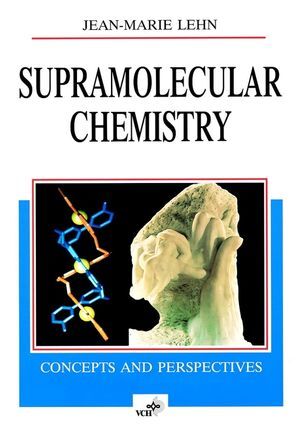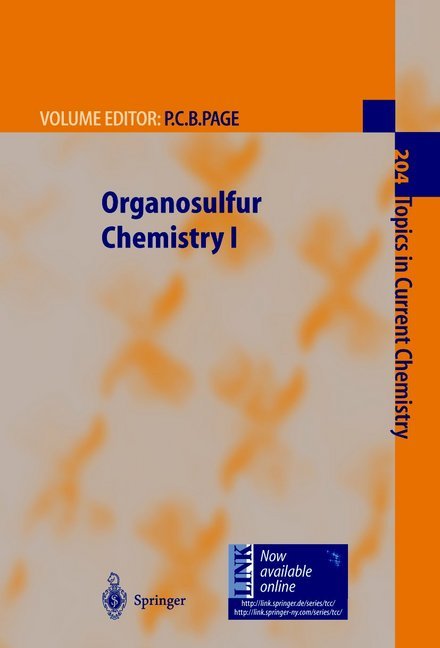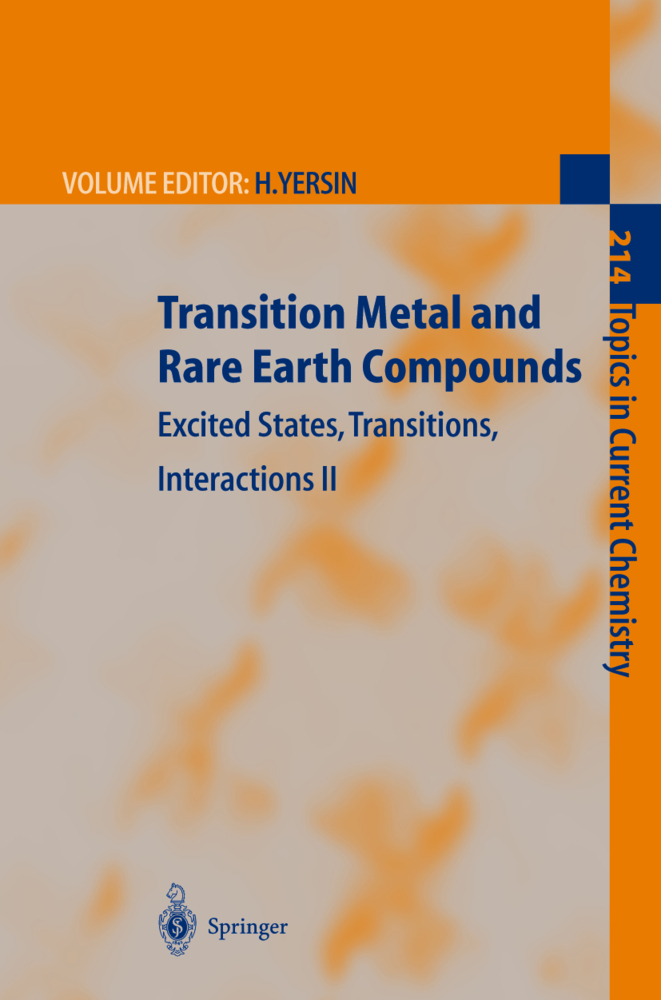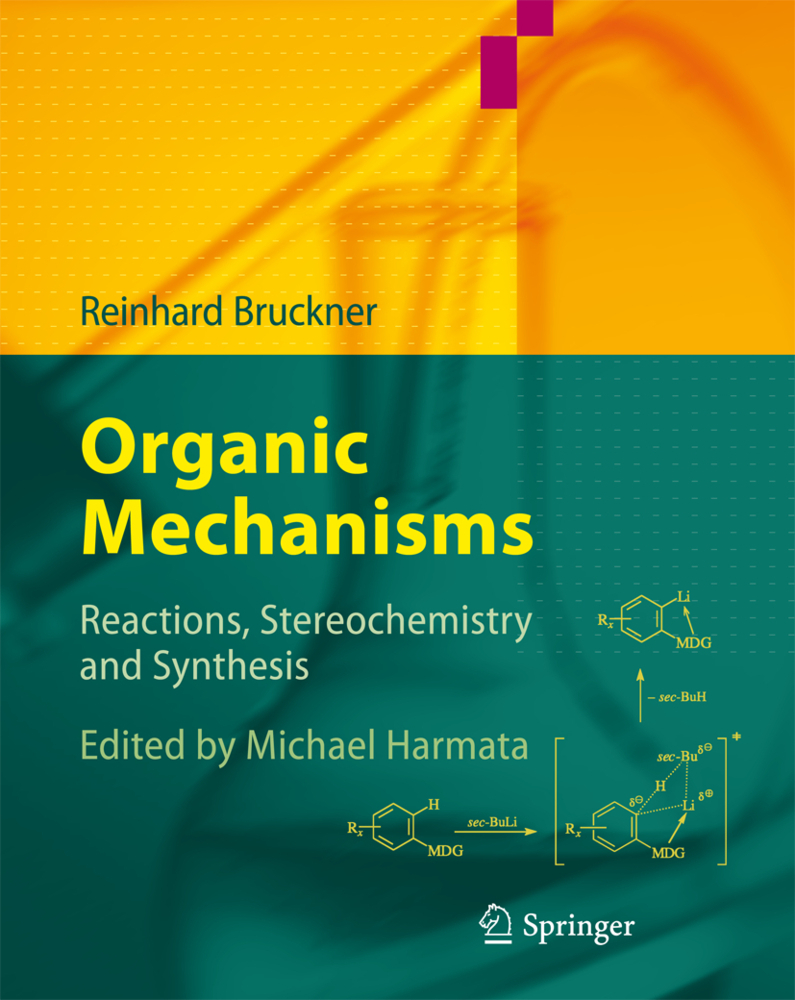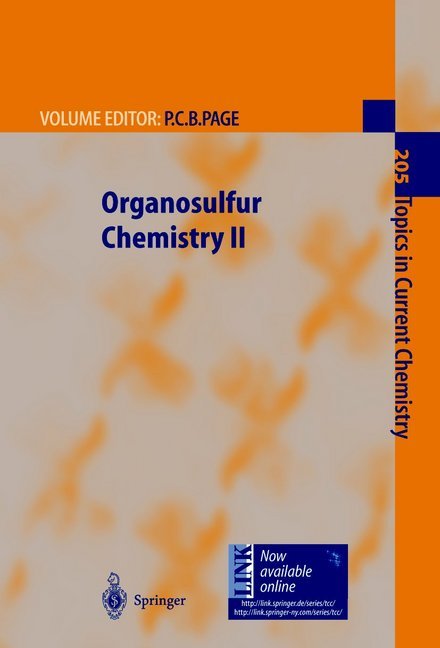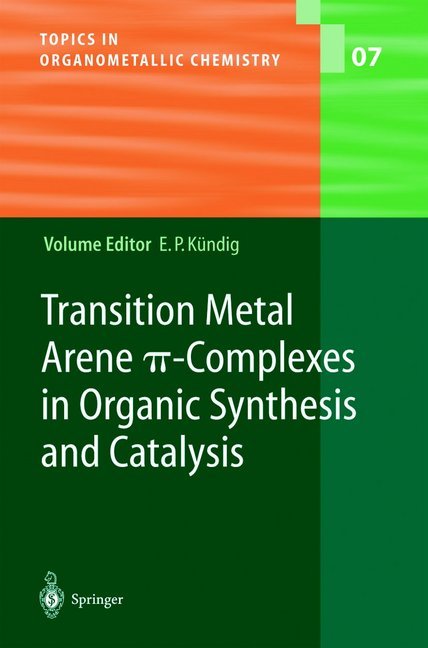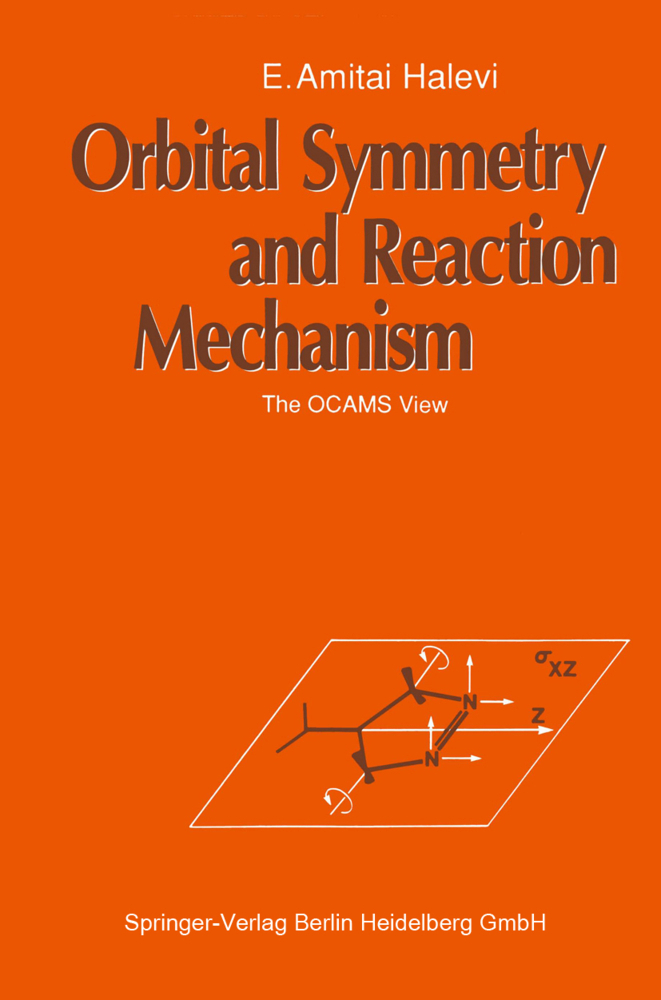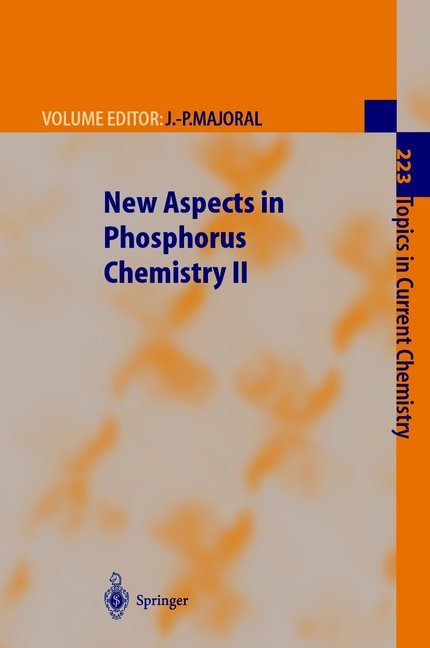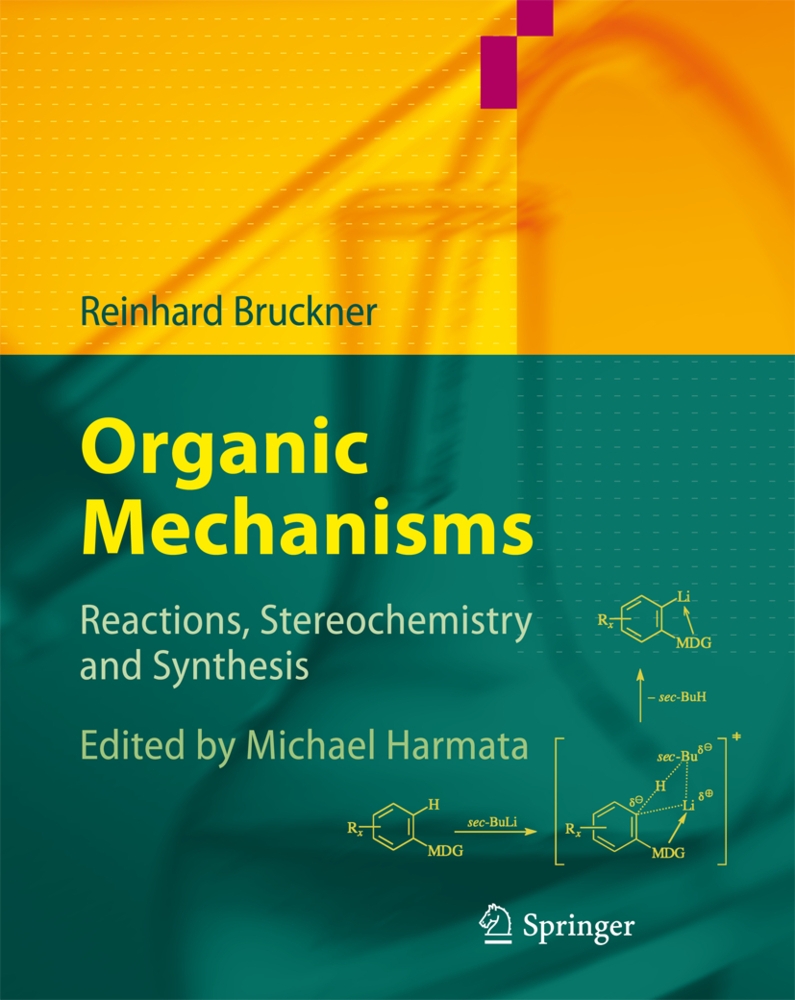Organic Reaction Mechanisms
Organic Reaction Mechanisms
Organic Reaction Mechanisms shows readers how to interpret the experimental data obtained from an organic reaction, and specifically how an organic reaction mechanism can be considered or rejected based on the analysis of the experimental evidence. Examining a series of selected examples of mechanisms, Organic Reaction Mechanisms focuses on real cases and discusses them in detail, following the same methodology: introduction, experimental data and discussion. The examples are arranged to elucidate key aspects of organic reaction mechanisms. The authors employ all the types of information that the authors of the original work considered useful and necessary, including kinetic and thermodynamic data, isotopic labelling and organic reactivity. The book makes an excellent primer for advanced undergraduates in chemistry who are preparing for exams and is also useful for graduate students and instructors.
Level 1
Case 1. A Surprise in the Synthesis of Guanacastepene ACase 2. Sulfenylation of Indole
Case 3. Substrate Selective Reactions in the Presence of Lewis Acids
Case 4. Diastereoselective Reductions of ?-Ketoesters
Case 5. Rearrangements from Tetrahydropyran Derivatives
Case 6. Stereospecific Substitution Reactions of Epoxy Sulfides
Case 7. NaBH4 Reduction of ?,?-Unsaturated Chromium Carbene Complexes
Case 8. Addition of Hydroxylamines to ?,?-Unsaturated Esters
Case 9. Solvolysis of Electron-Deficient Norbornyl Triflates
Case 10 Nucleophile Versus Base Catalysis
Case 11. The Hydrolysis of p-Substituted Styrene Oxides
Case 12. Elimination Reactions of Benzaldehyde O-Benzoyloximes
Case 13. Oxygen Versus Sulfur Stabilization of Carbenium Ions
Case 14. Cyclization of 2,3-Dibenzylidenesuccinates
Case 15. Oxazoline N-Oxides as Dipoles in [3+2] Cycloadditions
Case 16. Light-Induced Cycloadditions of N-Phthaloyl ?Amino Acids
Level 2
Case 17. Change in Rate-Determining Step in an E1 cB Mechanism: Aminolysis of Sulfamate Esters
Case 18. Unusual Diels-Alder Reactivity of Acyclic 2-Azadienes
Case 19. Chelate-Controlled Carbonyl Addition Reactions
Case 20. Esterification of Carboxylic Acids with Dimethyl Carbonate and DBU
Case 21. A Hammett Analysis in a Multistep Reaction: Rhodium(II)-Catalyzed Decomposition of ?Diazo Esters
Case 22. Tandem Cycloadditions with Nitronates
Case 23. Hydrolysis of 2-Aminobenzoate Esters
Case 24. Rearrangements of Cyclobutenones
Case 25. Epoxi Ester-Orthoester Rearrangement
Case 26. 2-Chloro-1,3,5-triazines as Activating Groups of Carboxylic Acids in the Formation of Peptide Bonds
Case 27. Acid-Catalyzed Isomerization of Imines
Case 28. A Dearomatizing Disrotatory Electrocyclic RingClosure
Case 29. Stereoselective Debromination of Vicinal Dibromides
Case 30. Diels-Alder Reactions of N-Acyl-1,2,4,5-tetrazines
Case 31. Stereoselective Synthesis of 2-Acylaziridines
Level 2
Case 32. The Baylis-Hillman Reaction
Case 33. The Rate-Determining Step in the SNAr Reaction
Case 34. Helicenophanes and their Racemization
Case 35. Solvolysis of Vinyl Iodonium Salts
Case 36. Vicarious Nucleophilic Substitution
Case 37. Base-promoted HF Elimination from 4-Fluoro-4-(4'-nitrophenyl)butan-2-one
Case 38. Substitution of ?Halostyrenes Mes
Case 39. Periodinane-Mediated Cyclization of Anilides
Case 40. Solvolysis of 8-Deltacyclyl Brosylates.
Gómez Gallego, Mar
Sierra, Miguel A.
| ISBN | 978-3-540-00352-6 |
|---|---|
| Artikelnummer | 9783540003526 |
| Medientyp | Buch |
| Auflage | Repr. d. Ausg. v. 2003 |
| Copyrightjahr | 2004 |
| Verlag | Springer, Berlin |
| Umfang | X, 290 Seiten |
| Abbildungen | X, 290 p. 9 illus. in color. |
| Sprache | Englisch |

